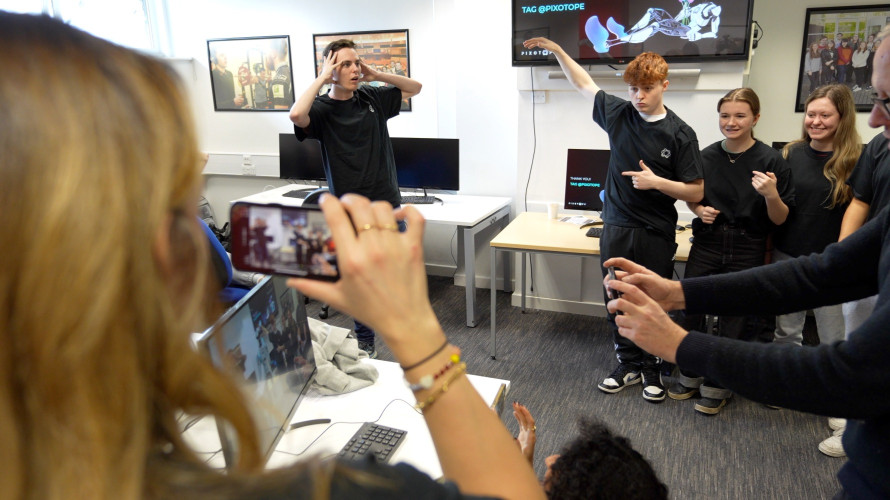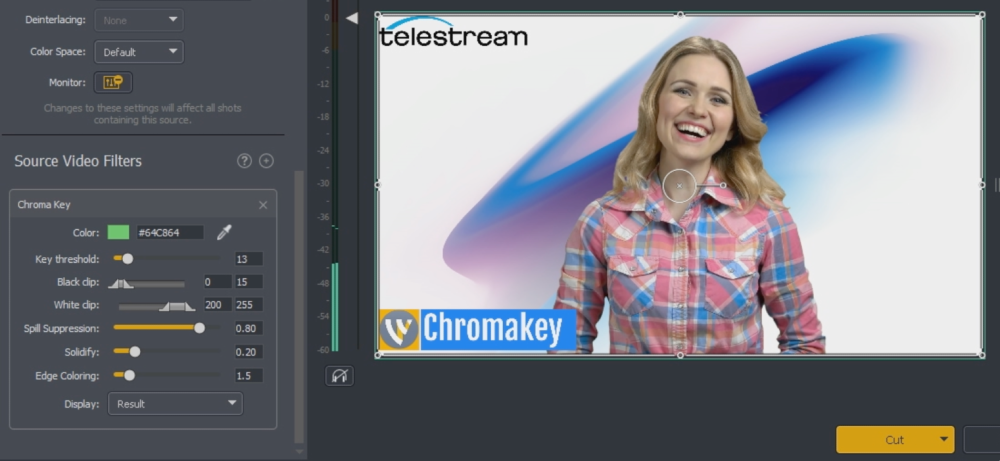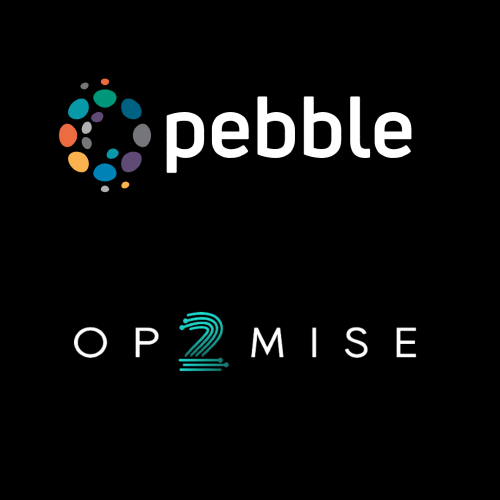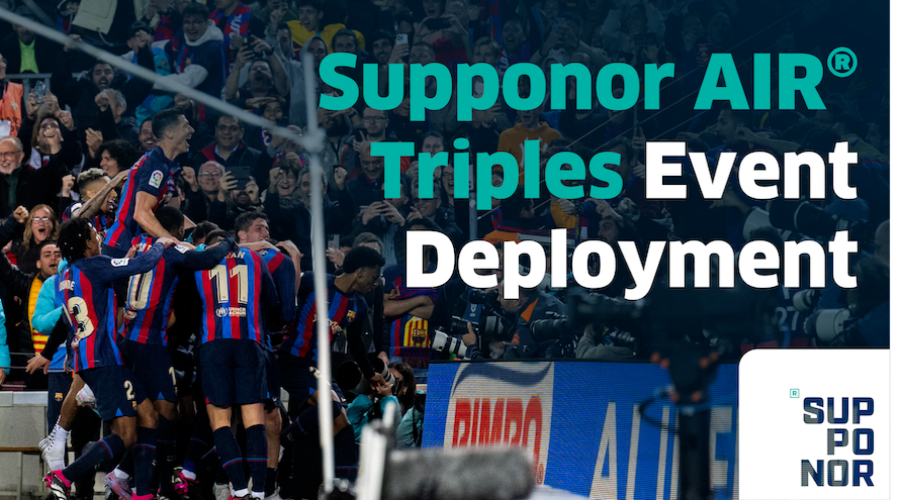Following the recent launch of a number of virtual reality (VR) headsets, such as the Oculus Rift and HTC Vive, VR is introducing new and compelling platforms for broadcasters to deliver their content, and new ways for audiences to consume.
While the way that audiences consume content continues to shift, with the ratio between viewing on fixed screens and mobile screens now close to 60:40 according to Ericsson\'s latest ConsumerLab report, VR offers a much more interactive and immersive experience. In fact, a recent report from Strategy Analytics predicts that around two million Brits will own a VR headset by the end of 2016, generating 62GBP million worth of sales for the industry.
The initial audience for VR, like with most new technologies, was considered to consist of early adopters and experimentalists.
However, with the recent launch of PlayStation VR, the technology is entering the mainstream with big, globally recognised companies leading the charge. While the initial focus of PlayStation VR is on gaming, Sony has committed to offering content beyond this in the future with Kazuo Hirai, President and CEO of Sony Corporation, saying he would like to see PlayStation VR expand further into television, live sporting events, and even B2B applications.
Broadcast VR content already exists, albeit in the early stages of development. For example, Sony Pictures Entertainment produces its own films such as The Walk, Goosebumps and Ghostbusters, which have been developed into VR experiences. These kind of experiences are still experimental, and we don\'t have yet have sufficient data to determine the point of viewing fatigue when it comes to VR. This means that important questions around optimised viewing duration remain unknown.
It\'s not just the potential for viewing fatigue that needs consideration. Broadcasters must also look closely at the content that is available. The existing model delivers mainly free content, and content owners are focusing on showcase, sample and preview material for now. This is a reflection of the infancy of the technology. There are paid content examples, such as apps and games which can be purchased on the Oculus Gear VR Store, but these are the exception rather than the rule. As a result of this free content model, company sponsorship provides a crucial contribution to production costs, allowing brands to both experiment and demonstrate their innovation.
With this in mind, the next step to success with VR is considering which model will work best. Will the pay per view (PPV) or subscription model work best for VR live streaming, and will pre-recorded content continue to work for payTV operators and studios? The subscription model will arguably work best once the content catalogue is reasonably sized, and PPV will fit as a pre-cursor and premium addition for major events. For example, The National Basketball Association recently announced that it will broadcast one game a week in virtual reality during the 2016-17 season. This is a great way to bring people to the action, even if they can\'t physically be there. The only catch is that you must have a full-season NBA League Pass subscription - either purchased directly or through a cable provider - to watch games in VR.
Interoperability also continues to be an issue across many industries, and VR is no exception. In the long term, the industry goal is for much greater interoperability in order to minimise production costs and increase the overall social aspects of VR.
This leads us into the matter of overall cost and performance, an issue for both the consumer and the broadcaster. Current VR headsets can be divided into two categories. At the lower end are the devices you plug into your smartphone to deliver VR that\'s instant, wireless and convenient. At the other, higher end, are the more powerful headsets that require a PC connection. While both can be used for a unique broadcast experience, it\'s important for broadcasters to consider their target audience and their preferred platform, as this will dictate the content they deliver in the long term.
While VR is still making its first baby steps into the vast world of broadcast, I have no doubt that with the right planning and technologies it will be hugely successful, delivering much more exciting and interactive viewing experiences that deliver on the ever changing needs of the consumer. We just need to keep content and cross-industry standards front-of-mind at all times as the technology develops.







































